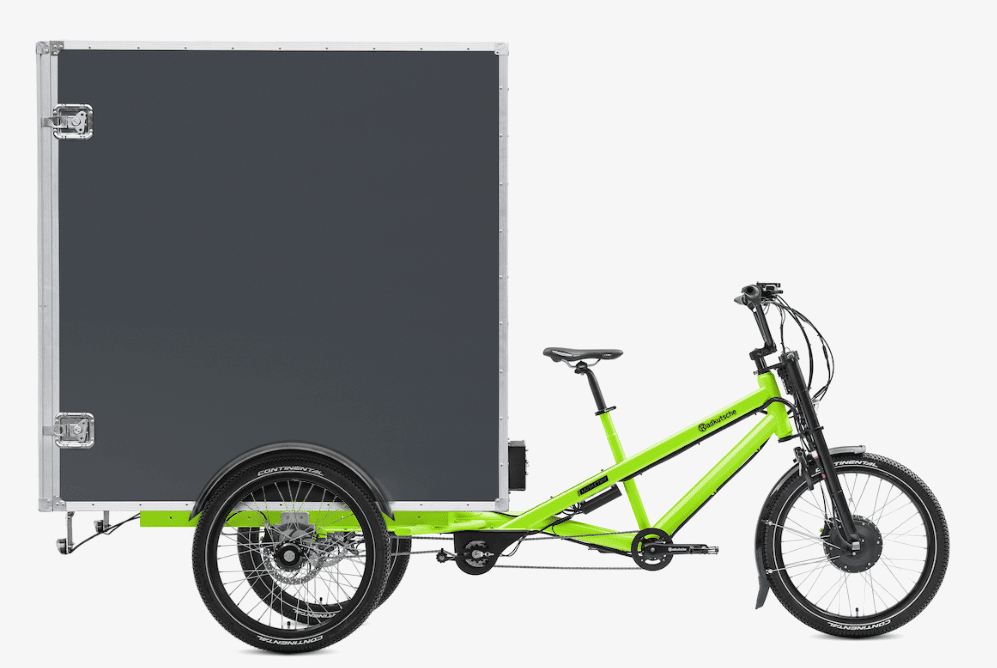Yes it would be and is classed as 250 watts. And not just mid drives, I've owned and used an entirely legal hub motor bike with peak consumption reaching 1000 watts, so similar nett power at the wheel as the mid drives you mention.
It's practicality, since a motor that peaked at 250 watts would be completely useless at driving a bicycle. Take the early Giant Lafree from 2001 that used the first Panasonic crank motor. Popular, but it gave weak assistance, so little that it wouldn't sell these days. Below I'm showing you a power graph from it which you can see peaks at almost 500 watts, but the average over time you can see hovers at around 250 watts, so it's rated at at that:
View attachment 48033
But as said above, that is barely enough, so the technical requirements allow enough tolerance to have the power necessary on today's e-bikes to make them useful.
You are wishing for a world that cannot exist, since there is no such thing as any kind of motor that produces a fixed amount of power at all times in all conditions. The e-bike motor that can peak short term at 800 watts only does so at a certain optimum load and revs. Hit a hill in a gear that it cannot maintain at the optimum state and the power rapidly drops, the motor/controller eventually stalls and may burn out.
The problem with pedelec law is that the legislators are trying to do the impossible, assigning a fixed power rating to a motor which the laws of physics do not allow. It's not just electric motors, i.c. engines also cannot have a fixed power output at all times. Your car maker may tell you it has 100 bhp, but that is only at a fixed revs point, say 5,800 rpm at 90 mph in top gear.
Perhaps the most sensible proposal was the one of the European Parliament, when they proposed removing all pedelec power limits and just having the assist speed limit, leaving it to the designer to supply the power necessary for that. Sadly the EU Commission rejected that sensible proposal.
.








